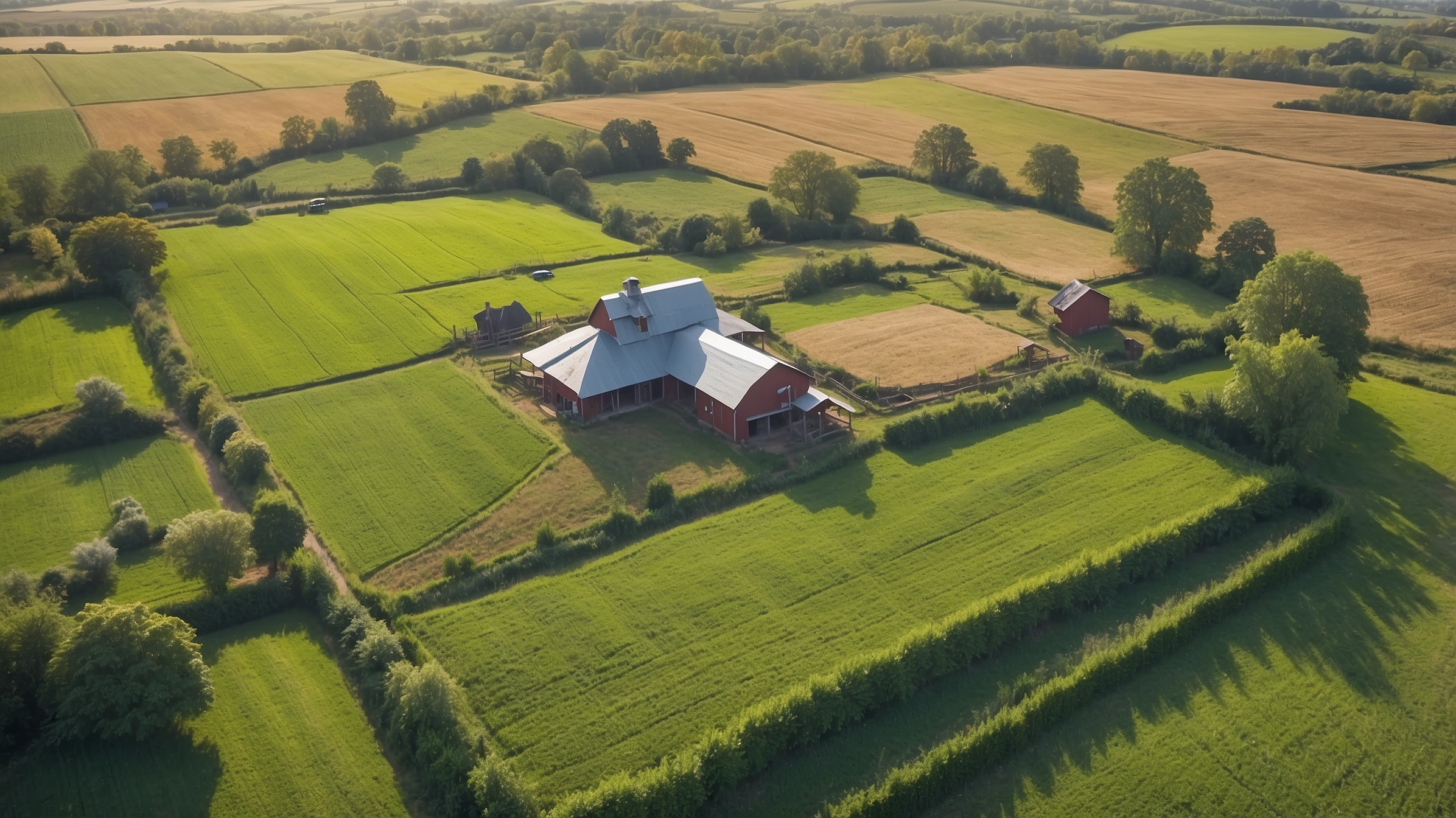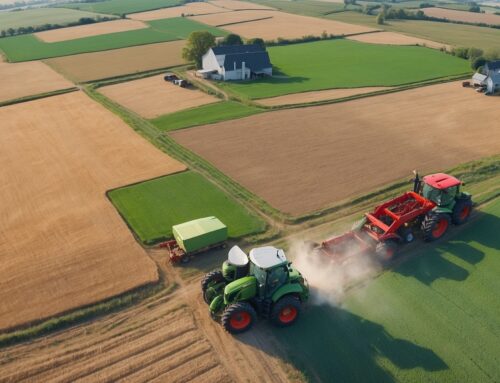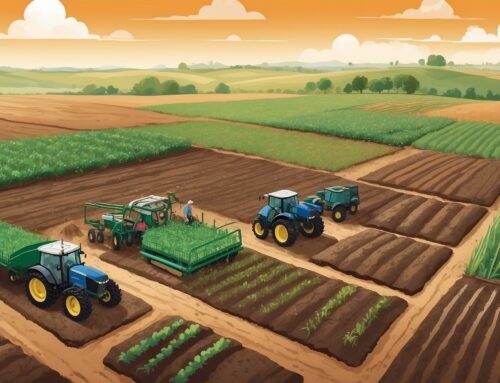Hey there, fellow farmers! Ever dreamt of seeing your fields from a bird’s eye view, getting insights that no soil-level walk can provide? Well, thanks to drone technology, that dream is not only possible but becoming a real game-changer for precision agriculture. Drones are our new-age scarecrows, only instead of scaring birds, they’re scaring away inefficiency and guesswork. Let’s dive into how drone-based imaging is shaping up to be one of our biggest allies out in the field.
Birds, Planes, and Now Drones
Drones are basically those high-flying devices that your nephew may have used to annoy the family during last year’s holiday get-together. But let me tell you, when used for precision agriculture, drones are a lot more than flashy toys—they’re like the eagle-eyed farmhands you never knew you needed.
Imagine flying above your fields and getting a real-time health check on your crops. We’re talking multispectral cameras and thermal imaging that can spot things like plant stress before it’s visible to the human eye. Drones do this by capturing detailed imagery that shows you which parts of the field are thriving, which are struggling, and where you may have missed a spot with fertilizer or irrigation. It’s a lot more precise than sticking a finger in the soil and making a guess, and it saves a lot of time—especially when we’re talking acres upon acres.
Seeing Beyond the Green
The beauty of drone-based imaging is its ability to capture wavelengths of light we can’t see, such as near-infrared. This helps create NDVI maps (that’s “Normalized Difference Vegetation Index,” for those who like big words), which are basically heat maps of your crop health. If a patch of crops is under stress, maybe due to water issues, pests, or nutrient deficiency, drones can pick that up before you even know something’s off. It’s like having a crystal ball that lets you fix problems before they spiral out of control. And in farming, we all know that small issues can turn into big messes real quick if we’re not paying attention.
Time is Money (and Drones Save Both)
We’ve all got those fields that seem to take forever to walk, and honestly, checking crops row by row might be one of the most time-consuming jobs out there. Now, imagine flying a drone over that same patch and getting all the critical information in just minutes—what used to take hours or even days is now condensed into a short flight. The time savings are massive, and as we all know, time saved means more time to tackle that ever-growing list of farm chores or… maybe, just maybe, to take an extra coffee break on the porch.
And let’s not forget about cost savings. Drone imaging helps target your inputs. You know those sections of the field that just need a bit more attention, but without wasting fertilizer or water on areas that are doing fine? Yep, drones help you do that. Applying inputs precisely where they’re needed isn’t just a good environmental practice—it’s also a great way to keep some money in your pocket.

Crop Scouting, Reimagined
Drones take crop scouting to a whole new level. You can fly them over to scout for pests or disease—they’ll spot those suspicious signs of damage that you’d otherwise need eagle eyes to catch. Whether it’s spotting aphid infestations, catching early blight, or even noticing where the irrigation missed its mark, drones are the scouts that never tire, complain, or get sunburned. And let’s face it—they’re a lot more fun to operate than trudging through a muddy field.
Mapping the Future
It’s not just about imaging either. Drone mapping helps create accurate, detailed maps of your fields. You can assess things like plant height, canopy cover, and even soil variability from a simple drone flight. It’s like transforming your whole farm into an easily readable graphic, making decision-making simpler and more visual. Instead of jotting notes on random scraps of paper, you’re creating digital maps that help with everything from planting plans to yield estimations.
Flying into the Future
Drones are not just some trendy tech that will disappear after a few years. They’re quickly becoming an essential tool for precision agriculture. It’s all about working smarter, not harder, and drones help you do just that. They help catch small issues before they become big problems, save you time, and make better use of your resources. Plus, let’s be real: there’s just something undeniably cool about taking your coffee in one hand, remote control in the other, and flying over your fields like the boss you are.
So, next time you see one of those buzzing gadgets in the sky, remember—it might just be doing a whole lot of good for someone’s farm, and it could do the same for yours. Farming is changing, and drones are leading the way—here’s to a future where we all have an extra set of eyes in the sky!





